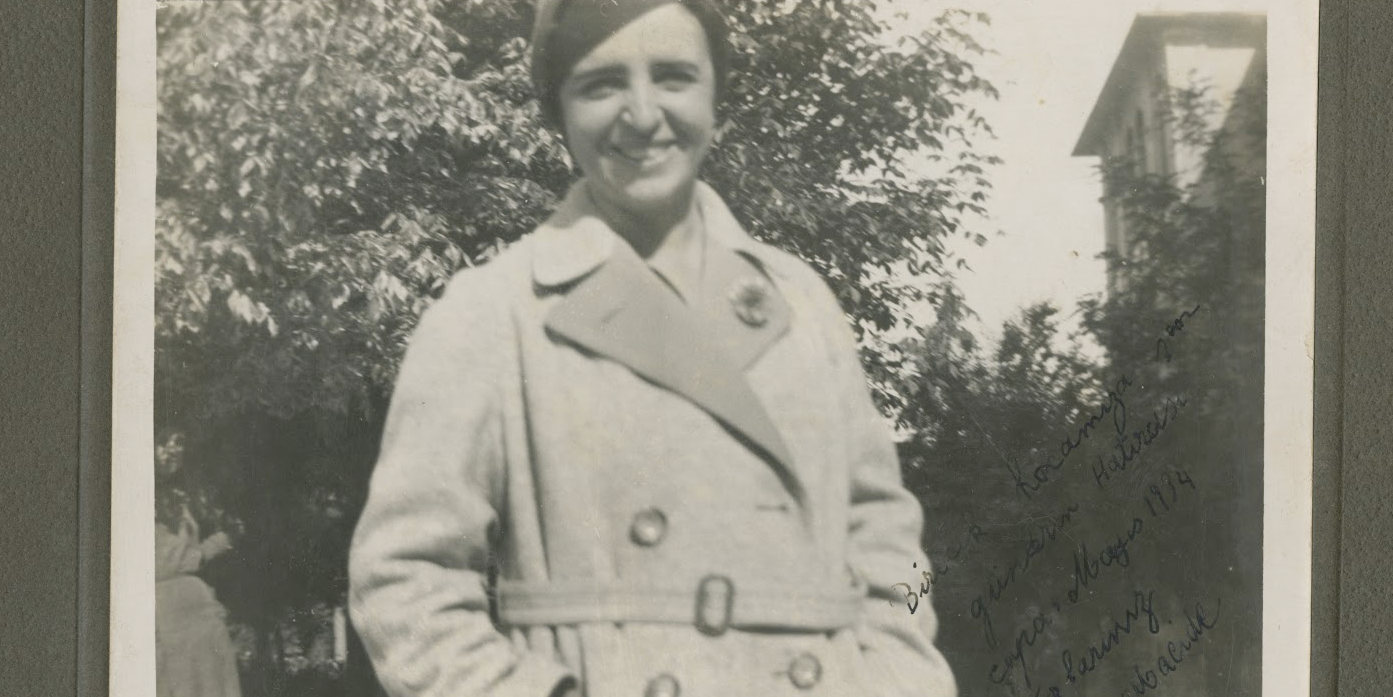Imperial Architecture and Urban Experience in Ottoman Aleppo
with Heghnar Watenpaugh
hosted by Chris Gratien and Emily Neumeier
While architectural historians are often concerned with the design, inception, and construction of buildings and objects, writing the history of architecture also includes the study of renovations, modifications, and changes in use of such spaces embedded in political and social contexts. In this episode, Heghnar Watenpaugh revisits her 2004 monograph entitled The Image of an Ottoman City in a discussion of Ottoman interventions into the historical urban geography of the empire's third largest city, Aleppo, and talks about methods of reconstructing the lived urban environment of a city in Ottoman Syria.
PARTICIPANT BIOS
 | Heghnar Watenpaugh is an Associate Professor of Art History at University of California-Davis. (see academia.edu) |
 | Chris Gratien is a doctoral candidate at Georgetown University researching the social and environmental history of the Ottoman Empire and the modern Middle East. (see academia.edu) |
 |
Emily Neumeier is a doctoral candidate in the Department of Art History at the University of Pennsylvania researching art and architecture in the Ottoman world. (see academia.edu) |
CREDITS
Episode No. 157
Release Date: 31 May 2014
Location: Beyoğlu, Istanbul
Editing and Production: Chris Gratien
Musical Excerpts: Sabah Fakhri - Ya Mal ash-Sham
Images courtesy of Heghnar Watenpaugh (sources below)
This episode is part of our series on Urban Space in the Ottoman World
IMAGES
PUBLICATIONS OF HEGHNAR WATERNPAUGH
Additional papers available for download on academia.edu
Monograph
This episode is part of our series on Urban Space in the Ottoman World
IMAGES
 |
| Heghnar Watenpaugh during fieldwork at the Dervish Lodge of Shaykh Abu Bakr, 1999 |
 |
| Aleppo from Southwest, with citadel visible (Source: LOC) |
 |
| Khusruwiyya and Adliyya mosques (Source: Sauvaget, Alep) |
 |
| Great Mosque of Aleppo, collapsed minaret (Source: BBC) |
PUBLICATIONS OF HEGHNAR WATERNPAUGH
Additional papers available for download on academia.edu
Monograph
The Image of an Ottoman City: Imperial Architecture and Urban Experience in Aleppo in the Sixteenth and Seventeenth Centuries (Leiden: E. J. Brill, 2004), xxii, 278 pp., 57 illus. (Winner of the Spiro Kostof Book Award from the Society of Architectural Historians, 2006)
Journal Articles
“Architecture without Images,” International Journal of Middle East Studies, Roundtable: Studying Visual Culture, edited by Zeynep Çelik, 45:3 (August 2013). 585-588.
“The City’s Edge: Rethinking Sources and Methods for the Study of Urban Peripheries,” Annales Islamologiques 46 (2012): 129-144, special issue: “L’exercice du pouvoir à l’âge des sultanats. Production, manifestation, reception,” [Exercising Power in the Age of the Sultanates: Production, Manifestation, Reception], edited by Sylvie Denoix and Irene Bierman.
“An Uneasy Historiography: The Legacy of Ottoman Architecture in the Former Arab Provinces,” Muqarnas: An Annual on the Visual Culture of the Islamic World, vol. 24 (2007), special issue: Historiography and Ideology: Architectural Heritage of the “Lands of Rum,” ed. Gülru Necipoglu and Sibel Bozdogan. 27-43.
“Deviant Dervishes: Space, Gender and the Construction of Antinomian Piety in Ottoman Aleppo,” International Journal of Middle East Studies 37:4 (2005): 535-565.
“A French Humanist in the Islamic City: The Chevalier d’Arvieux (1635-1702), Merchant and Consul in Aleppo,” Thresholds: The Critical Journal of Visual Culture 27 (2004): 18-22.
Book Chapters
“The Cathedral of Ani, Turkey: From Church to Monument,” in Sacred Precincts: The Religious Architecture of Non-Muslim Communities across the Islamic World, ed. Mohammad Gharipour. Leiden: E. J. Brill, in press.
“Art and Architecture,” in Women and Islamic Cultures: Disciplinary Paradigms and Approaches: 2003 – 2013, ed. Suad Joseph et al. (Leiden: Brill, 2013). 37-50.
“The Harem as Biography: Domestic Architecture, Gender and Nostalgia in Modern Syria,” in Harem Histories: Lived Spaces and Envisioned Places, ed. Marilyn Booth (Durham and London: Duke University Press, 2010). 211-236.
“Knowledge, Heritage, Representation: The Commercialization of the Courtyard House in Aleppo,” in États et sociétés de l’Orient Arabe en quête d’avenir, 1945-2005, ed. Gérard D. Khoury and Nadine Méouchy, vol. 2 (Paris: Geuthner, 2007). 209-218.
“Museums and the Construction of National History in Syria and Lebanon,” in The British and French Mandates in Comparative Perspective, ed. Nadine Méouchy and Peter Sluglett (Leiden: E. J. Brill, 2004). 185-202.











Comments
Post a Comment
Due to an overwhelming amount of spam, we no longer read comments submitted to the blog.